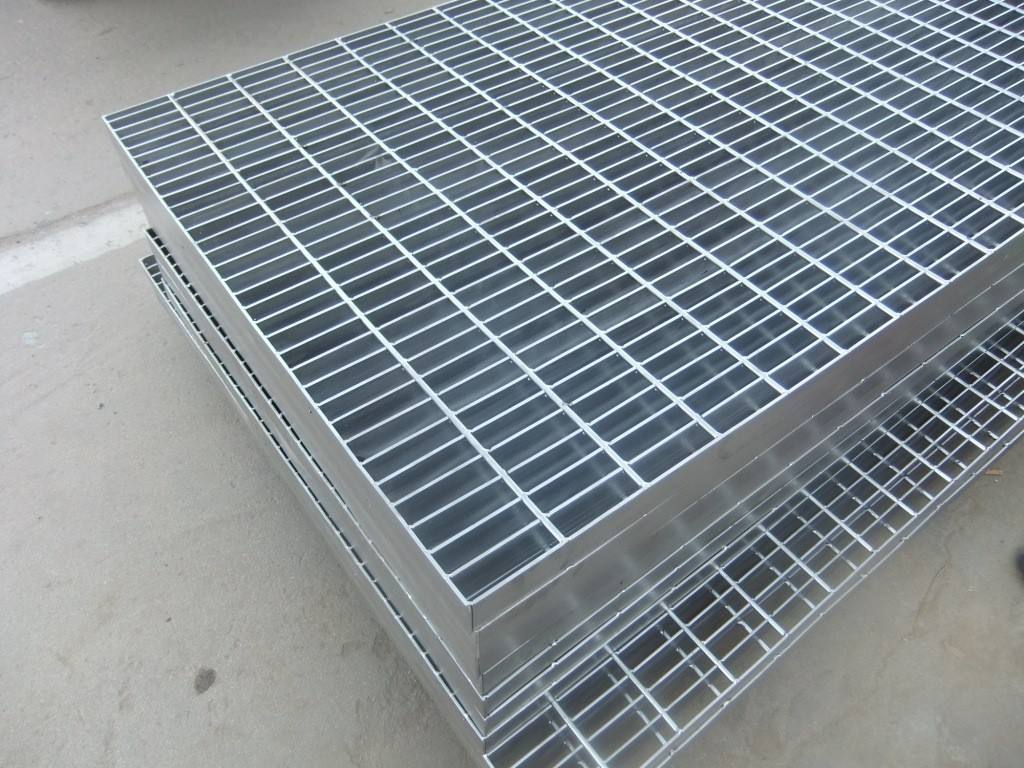The Importance of Temporary Silt Fences in Erosion Control
In the realm of construction and land development, one of the most pressing environmental concerns is soil erosion. Erosion not only depletes the land of valuable topsoil but can also lead to sedimentation in nearby waterways, adversely affecting water quality and aquatic ecosystems. To combat this issue, temporary silt fences have emerged as a practical solution for controlling sedimentation and protecting the environment during construction projects.
What is a Temporary Silt Fence?
A temporary silt fence is a sediment control device used to intercept and contain sediment-laden runoff from disturbed areas. Typically constructed from geotextile fabric supported by wooden or metal posts, these fences are strategically installed around construction sites to filter sediment from stormwater runoff. The primary goal of a silt fence is to prevent sediment from leaving the site and entering local water bodies, thereby protecting both the environment and the integrity of the construction project.
How Do Temporary Silt Fences Work?
The operational principle of a silt fence is relatively straightforward. When rainwater runs off a construction site, it often carries with it loose soil and sediment. As this runoff flows toward the silt fence, the geotextile fabric acts as a barrier. The fabric allows water to pass through while trapping sediment particles. Over time, as sediment accumulates at the base of the fence, it creates a barrier that further slows down the flow of water and traps even more sediment.
The effectiveness of a temporary silt fence depends on several factors, including proper installation, maintenance, and the specific environmental conditions of the site
. If installed correctly, a silt fence can significantly reduce the amount of sediment entering waterways.Installation and Maintenance
temporary silt fence

For a silt fence to be effective, proper installation is crucial. Here are key steps to ensure its effectiveness 1. Site Assessment Before installation, a thorough assessment of the site should be conducted to determine the best locations for the silt fence, considering factors such as topography, drainage patterns, and proximity to water bodies. 2. Digging a Trench The installation process often begins with digging a trench along the planned line of the fence. This trench helps anchor the fabric and enhances sediment trapping efficiency. 3. Securing the Fabric The geotextile fabric is then unrolled and attached to the posts. It should be buried at least six inches below ground level in the trench to prevent water and sediment from flowing beneath the fence. 4. Height Considerations The height of the silt fence should be sufficient to handle expected stormwater flows. Local regulations may specify particular heights based on the size of the construction site.
Maintenance is also essential to ensure continued effectiveness. Regular inspections are required, especially after significant rainfall events. Any accumulated sediment should be removed promptly to prevent clogging, and repairs should be made to any damaged sections of the fence.
Advantages of Temporary Silt Fences
The advantages of using temporary silt fences are manifold. Firstly, they are cost-effective and easy to install, making them a popular choice for construction sites, landscaping projects, and more. Secondly, they are versatile and can be adapted to various site conditions. Thirdly, silt fences help construction companies comply with Environmental Protection Agency (EPA) regulations and local ordinances aimed at minimizing environmental impacts.
Additionally, the use of silt fences demonstrates a commitment to environmental stewardship. Companies that implement sediment control measures not only protect local ecosystems but also enhance their public image, fostering goodwill among communities and stakeholders.
Conclusion
In conclusion, temporary silt fences play a vital role in erosion control and sediment management during construction activities. By effectively capturing sediment, they protect water quality and promote environmental sustainability. As construction projects continue to proliferate, the importance of employing effective sediment control practices, such as using temporary silt fences, cannot be overstated. Embracing these strategies is essential for ensuring that development occurs in harmony with the natural environment, thereby safeguarding our planet for future generations. Investing in such measures not only keeps regulatory bodies satisfied but also contributes to a healthier and more sustainable ecosystem.
-
Turn Down the Noise: The Future of Highway Sound Barriers
NewsApr.09,2025
-
Silence the Sound: The Power of Highway Noise Barriers
NewsApr.09,2025
-
Reduce Road Noise Effectively with Highway Noise Barriers
NewsApr.09,2025
-
Noise-Free Living: How Highway Barriers Make a Difference
NewsApr.09,2025
-
Engineered for Silence: Highway Noise Barriers for Every Road
NewsApr.09,2025
-
Effective Noise Control: Highway Barriers for a Quieter Tomorrow
NewsApr.09,2025
Subscribe now!
Stay up to date with the latest on Fry Steeland industry news.

